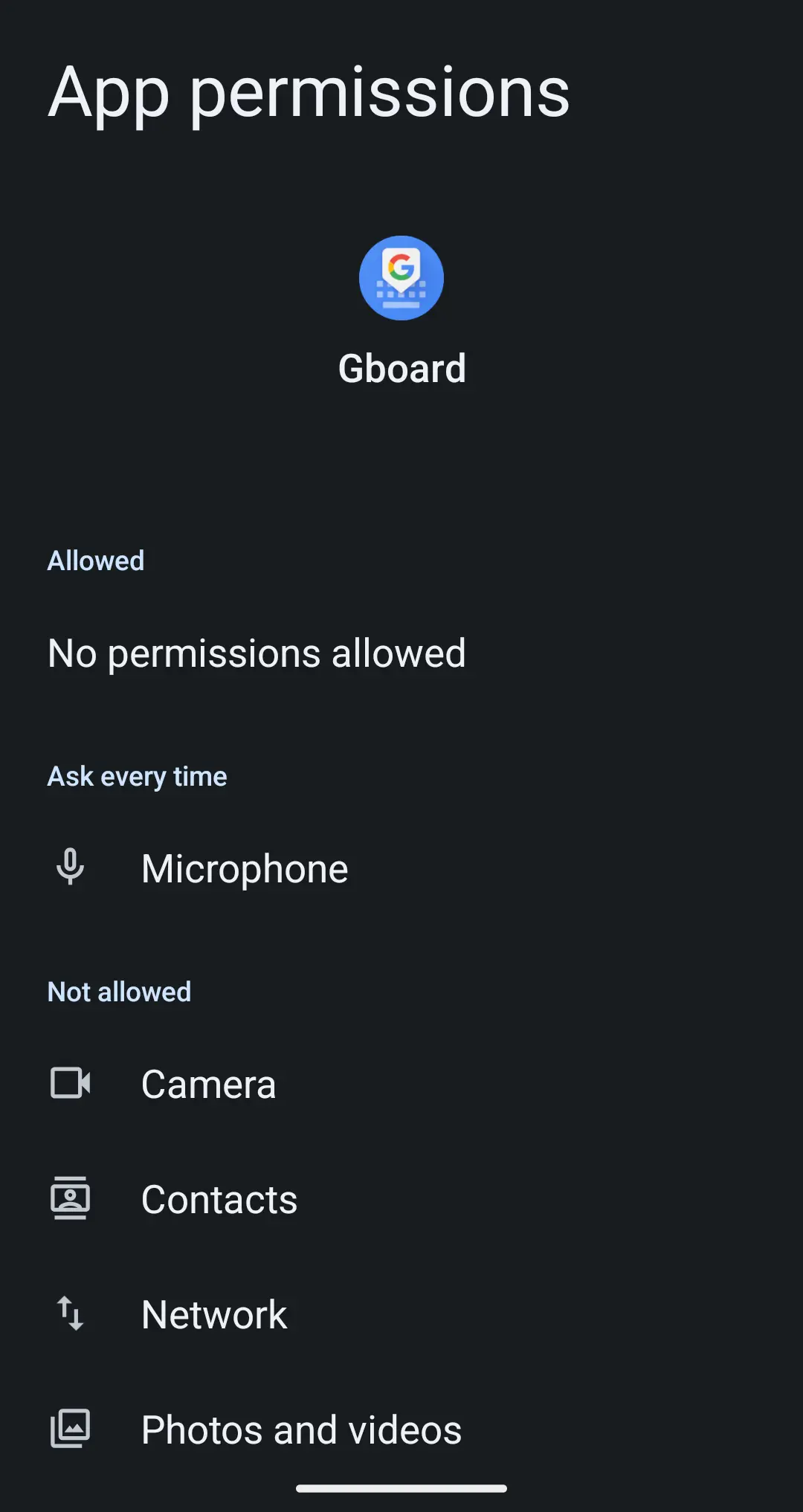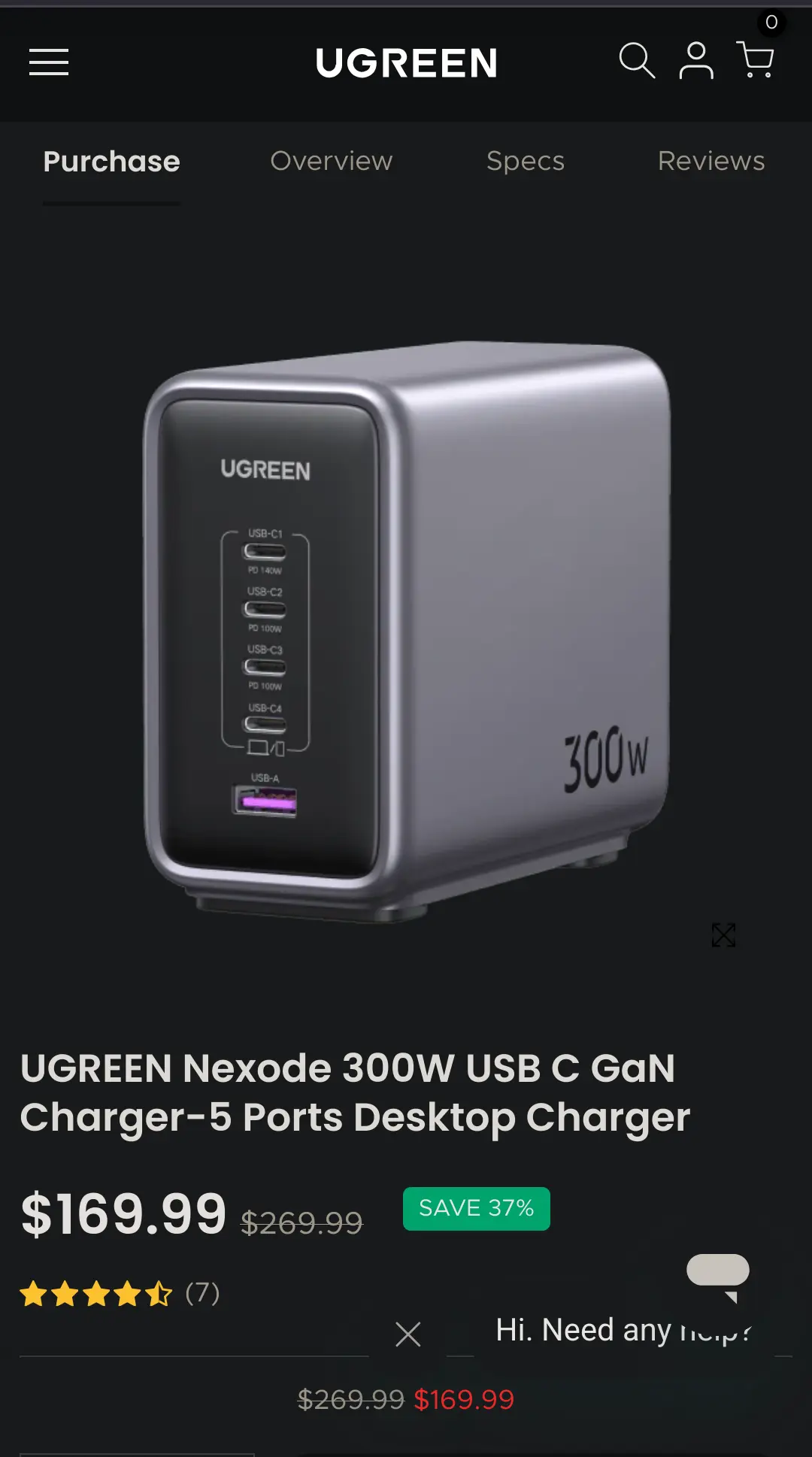


Is this some Network Allowed problem that I’m too Network Not Allowed to understand?



Is this some Network Allowed problem that I’m too Network Not Allowed to understand?
I’m a big fan of buying power tools twice. I happen to go Ryobi for the first round but Harbor Freight / Northern Tool are probably similar.
If you can stand the fuss, buy corded tools and skip the brand loyalty that comes with batteries.
The biggest killer of cheaper power tools is generally heat. There are plastic components in the drive train. They hold up great to short jobs, but heat is their kryptonite. If you let a Ryobi tool cool down whenever you notice it getting warm to the touch it’ll last a long time. If you need to run a tool for hours at a time then skip the fuss and go straight to a more brand with a good reputation like DeWalt, Makita, Bosch, or Milwaukee.
Red boxes fit all brands :)
assuming you mean *can’t
if cordless: batteries
else: brand cuckery


Well that’s odd!
Here you go:



Please don’t assume anything, it’s not healthy.
Explicitly stating assumptions is necessary for good communication. That’s why we do it in research. :)
it depends on the license of that binary
It doesn’t, actually. A binary alone, by definition, is not open source as the binary is the product of the source, much like a model is the product of training and refinement processes.
You can’t just automatically consider something open source
On this we agree :) which is why saying a model is open source or slapping a license on it doesn’t make it open source.
the main point is that you can put closed source license on a model trained from open source data


Quite aggressive there friend. No need for that.
You have a point that intensive and costly training process plays a factor in the usefulness of a truly open source gigantic model. I’ll assume here that you’re referring to the likes of Llama3.1’s heavy variant or a similarly large LLM. Note that I wasn’t referring to gigantic LLMs specifically when referring to “models”. It is a very broad category.
However, that doesn’t change the definition of open source.
If I have an SDK to interact with a binary and “use it as [I] please” does that mean the binary is then open source because I can interact with it and integrate it into other systems and publish those if I wish? :)


Do you plan to sue the provider of your “open source” model? If so, would the goal be to force the provider to be in full compliance with the license (access to their source code and training set)? Would the goal be to force them to change the license to something they comply with?


You would be obligated, if your goal were to be complying with the spirit and description of open source (and sleeping well at night, in my opinion).
Do you have the source code and full data set used to train the “open source” model you’re referring to?


My point precisely :)
A pre-trained model alone can’t really be open source. Without the source code and full data set used to generate it, a model alone is analogous to a binary.


If I license a binary as open source does that make it open source?


What makes it open source?


Excellent distinction! That makes a lot of sense, thank you


Hm… if I’m reading the README correctly this is a LAN only drop mechanism between a phone and a laptop. Syncthing does that already, albeit with a cumbersome number of features and config for that use case. If that’s not accurate I’m sure you’ll let me know :)
I would love to see this develop an airdrop-esque Bluetooth / PAN phone to phone feature though! Especially if a compatible iOS app were available that would be really slick.


I don’t mean to join the broken record crew here, but is this better than Syncthing in some way?


It’s been my most used feature on my Garmin Instinct 2X tbh. Glad I don’t have to carry a separate gadget.
Syncthing is my answer though I appreciate it doesn’t get to the root of your question.
There are local backups that include your system settings, text messages, contacts, call history and (optionally) apps. The one thing I want is the ability to pick a directory for the local backup so I can make it work with syncthing without jumping through hoops.
It’s also compatible with Nextcloud and WebDAV if those are options for you.
I miss my pixel 5 :(


Chiming in to note that GNSS communications are actually receive only. A typical phone can’t physically broadcast a strong enough signal into mid-earth orbit (where most of those satellites typically are) to achieve the “pinging GPS satellites” issue.
Note this only refers to how that signal physically hits your phone. Once your position is deduced and digitized there’s an entirely different attack surface.
The other concerns (especially cell tower data tracking) are valid though.
GrapheneOS! I’ve been using it for a few years. Never going back.